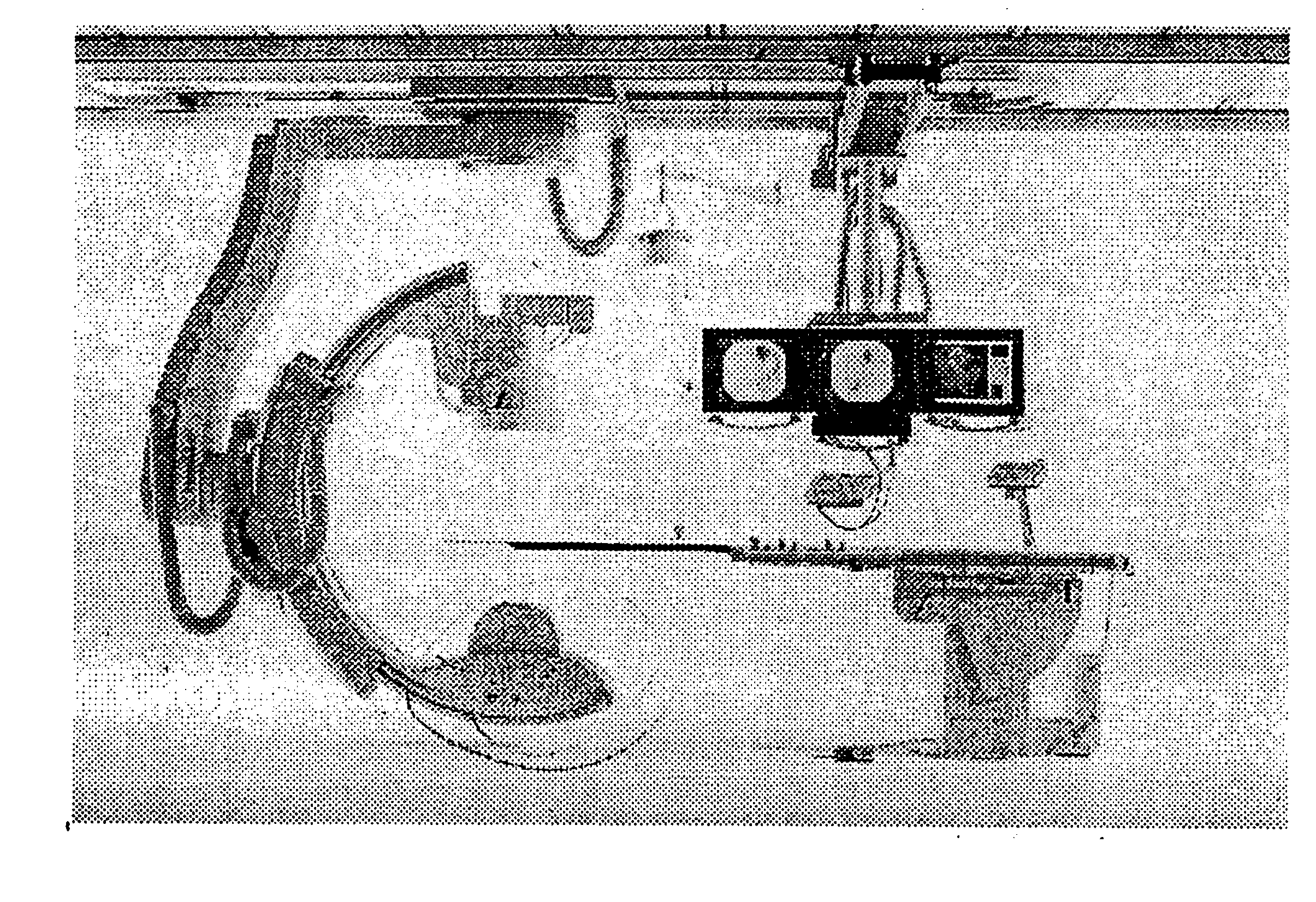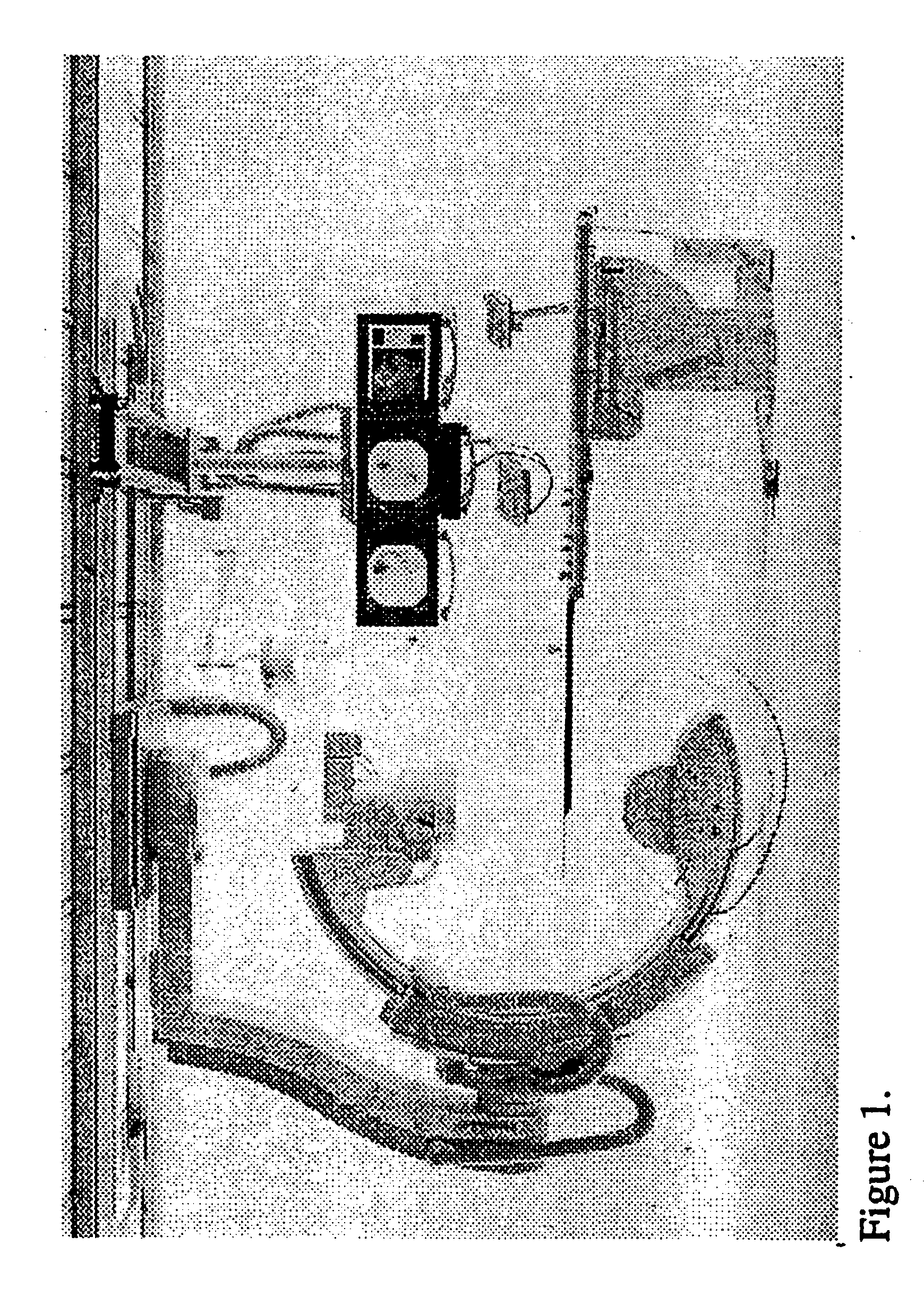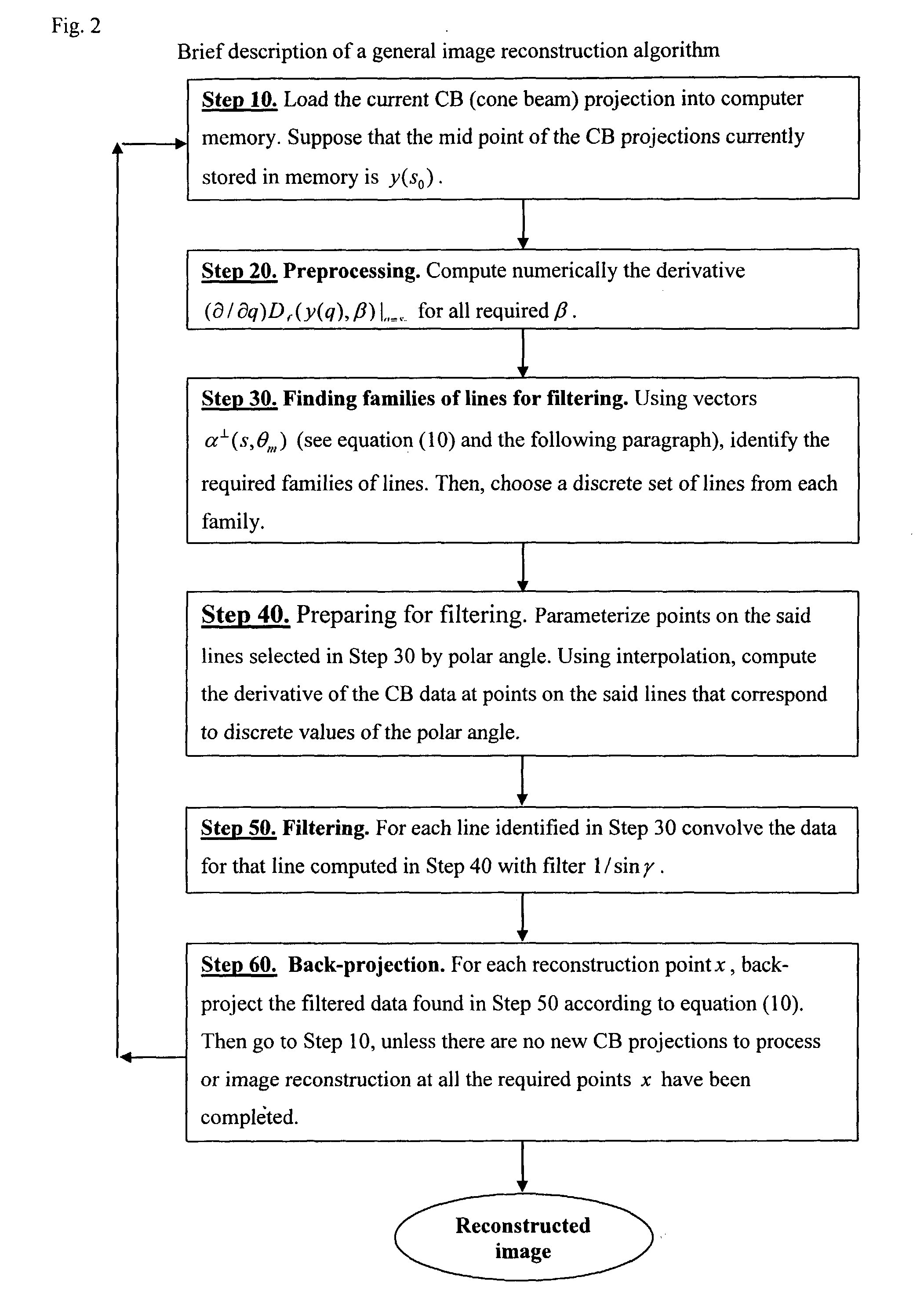Method of reconstructing images for spiral and non-spiral computer tomography
- Summary
- Abstract
- Description
- Claims
- Application Information
AI Technical Summary
Problems solved by technology
Method used
Image
Examples
Embodiment Construction
of the New General Inversion Algorithm
[0087] As an example we will illustrate how the algorithm works in the case when the trajectory C of a C-arm is closed and n.sub.0(s,x,.alpha.).ident.1. The algorithm will consist of the following steps 10, 20, 30, 40, 50 and 60 as depicted in FIGS. 2-7.
[0088] Step 10(FIG. 2). Load the current CB projection into computer memory. Suppose that the mid point of the CB projections currently stored in memory is y(s.sub.0).
[0089] Step 20(FIGS. 2-3). Preprocessing.
[0090] Step 21. Choose a rectangular grid of points {circumflex over (x)}.sub.i,j that covers the plane DP(s.sub.0).
[0091] Step 22. For each {circumflex over (x)}.sub.i,j find the unit vector .beta..sub.i,j which points from y(s.sub.0) towards the point {circumflex over (x)}.sub.i,j on the plane DP(s.sub.0).
[0092] Step 23. Using the CB data D.sub..function.(y(q),.beta.) for a few values of q close to s.sub.0 find numerically the derivative (.differential. / .differential.q)D.sub..function.(y(q)...
PUM
 Login to View More
Login to View More Abstract
Description
Claims
Application Information
 Login to View More
Login to View More - R&D
- Intellectual Property
- Life Sciences
- Materials
- Tech Scout
- Unparalleled Data Quality
- Higher Quality Content
- 60% Fewer Hallucinations
Browse by: Latest US Patents, China's latest patents, Technical Efficacy Thesaurus, Application Domain, Technology Topic, Popular Technical Reports.
© 2025 PatSnap. All rights reserved.Legal|Privacy policy|Modern Slavery Act Transparency Statement|Sitemap|About US| Contact US: help@patsnap.com



